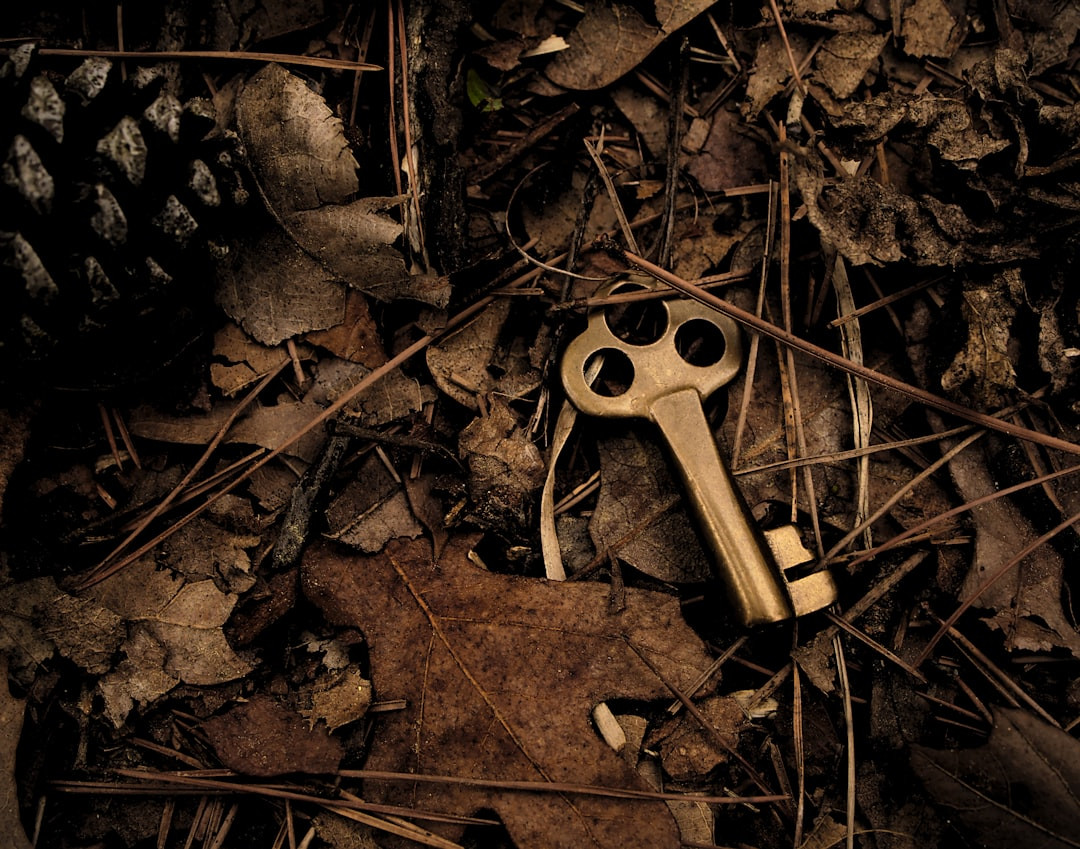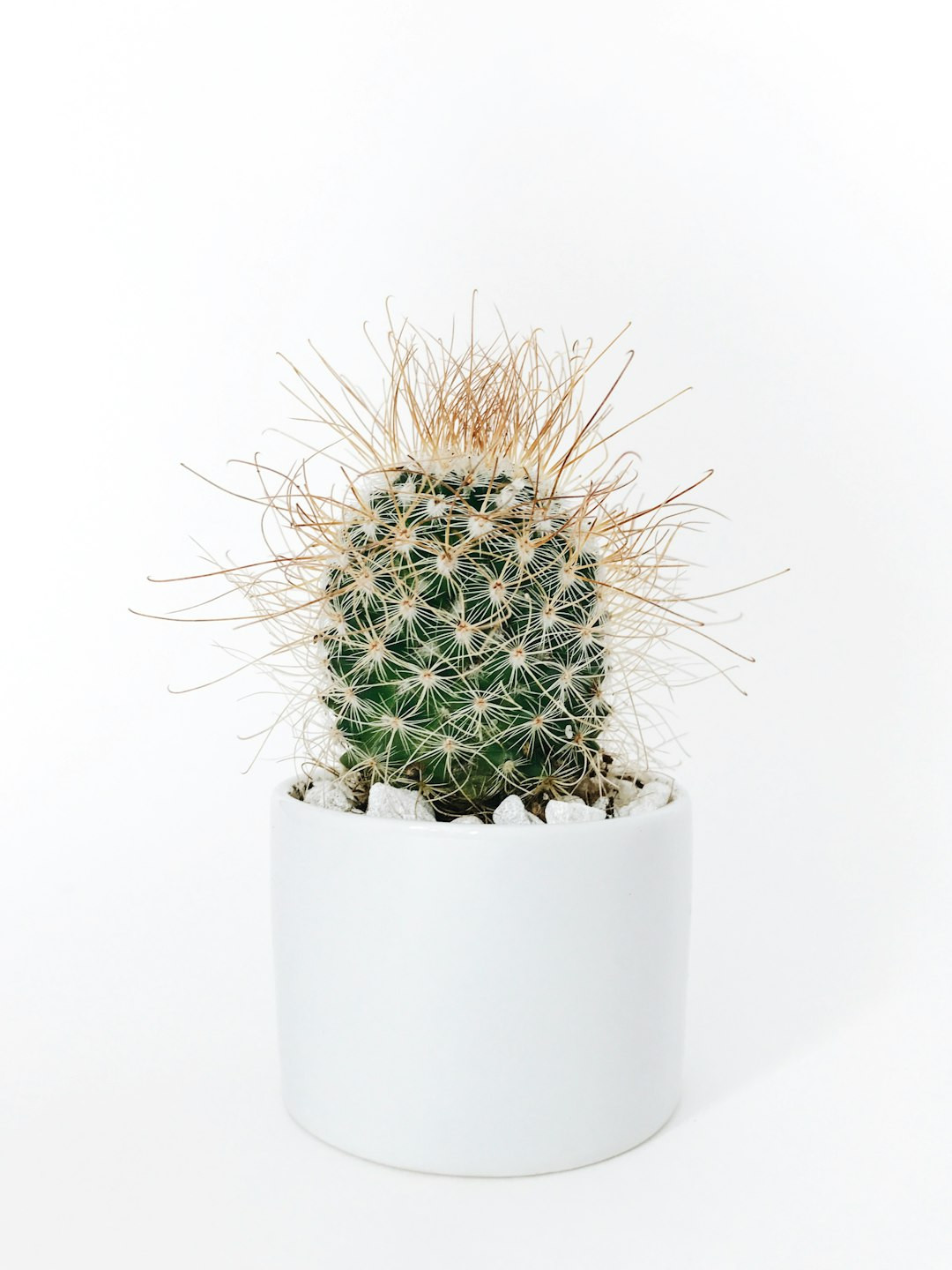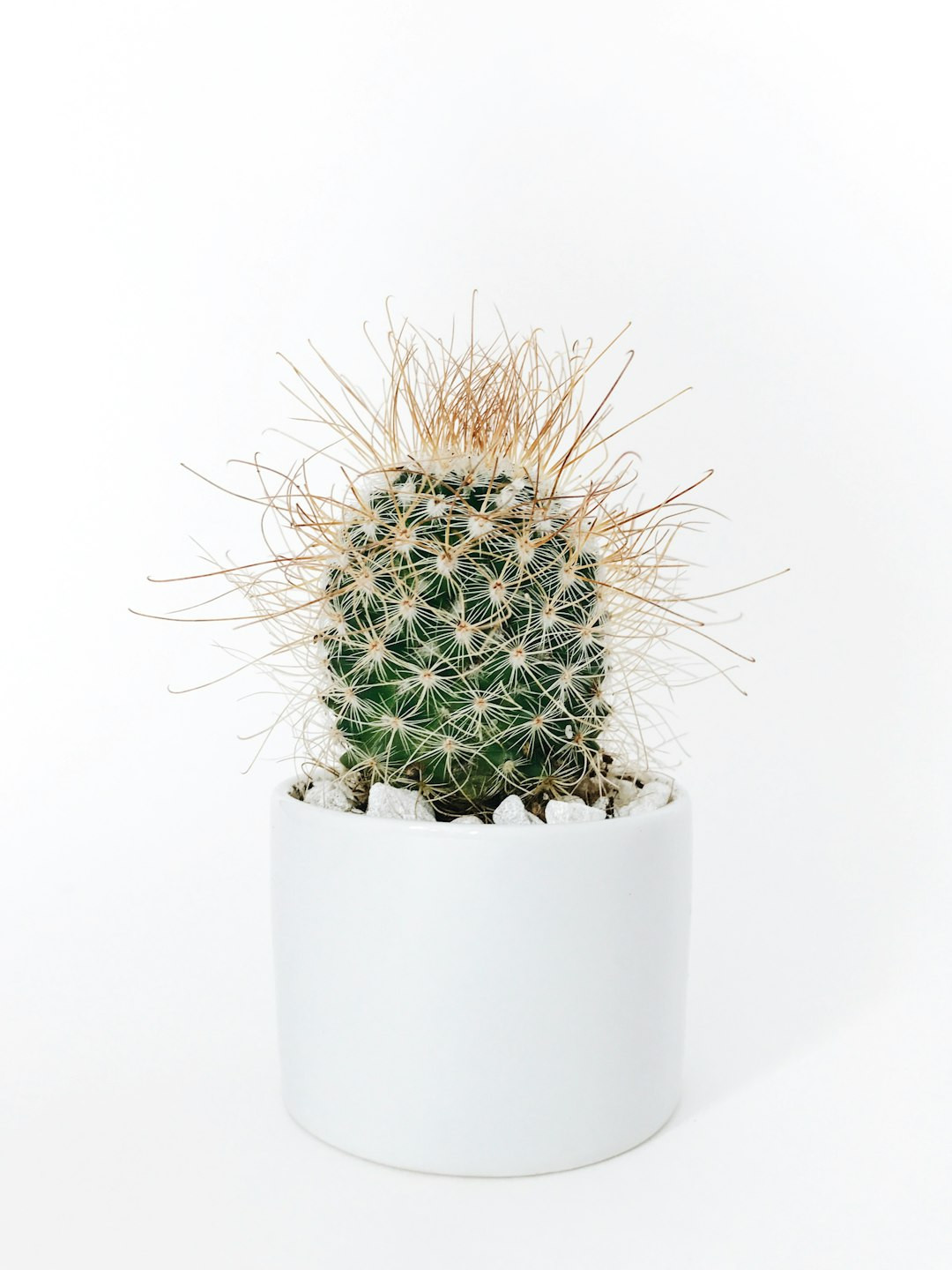Downy vs Hairy Woodpecker: Uncover The Key Differences Instantly and embark on a fascinating journey into the extraordinary world of these iconic birds. Ever wondered how to tell them apart in your backyard? From subtle plumage distinctions to unique behavioral traits, this blog dives deep into the essential differences that every bird enthusiast needs to know. Get ready to master the art of birdwatching with insights that will leave you spellbound and eager to spot these captivating creatures. Ready to become a woodpecker expert? Let’s get started!
Which is bigger, a Hairy or Downy woodpecker?

Ever been birdwatching and found yourself pondering, "Which is bigger, a Hairy or Downy woodpecker?" It’s a common conundrum, but with a few key differences, you can easily tell these two fascinating birds apart. The first giveaway is their size; the Hairy Woodpecker is generally larger. It measures around 9 inches from tail to beak, while the Downy Woodpecker is more petite, at about 6.5 inches.
But that’s not all. If you look closely, you’ll notice the Downy Woodpecker has a shorter and daintier bill, almost like a thorn, compared to the Hairy Woodpecker’s much more substantial, chisel-like beak. Both species sport a striking black and white color palette, although the Downy’s white outer tail feathers have distinctive black spots, adding a bit more flair to its appearance.
Their calls and behaviors also offer clues. The Downy’s vocalizations are softer and more high-pitched, contrasting with the Hairy’s bolder, more aggressive calls. Spotting these differences can make your birdwatching experience much more enriching. So next time you’re out in the woods and someone asks, "Which is bigger, a Hairy or Downy woodpecker?", you’ll confidently know the answer and the quirks that make each bird unique.
Which is more common, Hairy woodpeckers or Downy woodpeckers?

When you’re out birdwatching, you might come across two similar yet distinct feathered friends: the Downy Woodpecker and the Hairy Woodpecker. At first glance, they can be tricky to tell apart, but knowing their key differences will make it easier. One question often asked is: Which is more common, Hairy woodpeckers or Downy woodpeckers?
Downy Woodpeckers are more frequently seen and are often more comfortable making their homes near humans. These little guys are smaller, with a compact build and a shorter bill that’s almost dainty in comparison. You’ll often find them flitting around backyard feeders and suburban parks, happily mingling with other small birds.
On the flip side, Hairy Woodpeckers are less common and a bit more secretive. They prefer mature forests and larger trees, and their size is notably bigger—think of them as the burly cousins. Their bills are also longer and more robust, a perfect tool for drumming on tree trunks to find insects.
Both woodpeckers play vital roles in our ecosystem by controlling insect populations and helping trees by aerating the bark. Spotting either one can be a delightful part of any nature walk, but chances are, you’ll encounter the Downy Woodpecker more often.
Now you know the standout traits and frequency of these charming birds. Happy birdwatching!
Other differences between a Hairy and Downy woodpecker
Have you ever spotted a woodpecker and wondered whether it was a Downy or Hairy Woodpecker? You’re not alone! These two birds can be tricky to tell apart, but a little knowledge goes a long way. One of the primary visual differences lies in their size. The Downy Woodpecker is smaller, about 6-7 inches in length, while the Hairy Woodpecker is a bit more robust at 9-10 inches long.
When it comes to their beaks, a Hairy’s is longer and more substantial, nearly the length of its head, whereas a Downy’s beak appears short and stubby. Understanding these key aspects can help, but there are other differences between a Hairy and Downy woodpecker as well. For instance, their outer tail feathers provide clues too. The Downy’s typically have black spots, while the Hairy’s are plain white.
The differences don’t stop at appearance. Their drumming patterns also vary slightly, with Hairy Woodpeckers producing a more rapid, powerful sound. So next time you’re bird-watching, remember these tips to distinguish between these fascinating creatures. With practice, you’ll become a pro at identifying the subtle but distinct differences between a Hairy and Downy Woodpecker.
Bill size
If you’re birdwatching and spot a woodpecker, you might wonder whether you’re seeing a Downy or a Hairy Woodpecker. At first glance, they look quite similar, but there are key differences that can help you identify them. One of the most noticeable differences is the bill size.
Downy Woodpeckers have shorter, daintier bills, roughly a third of the length of their heads. In contrast, Hairy Woodpeckers boast a more robust bill that is about the same length as their heads, giving them a more imposing appearance despite similar plumage.
When observing these birds in the wild, noticing the bill size can be a quick and accurate method to distinguish between the two species. You’ll also find that Hairy Woodpeckers are generally larger than Downy Woodpeckers, but this can sometimes be harder to gauge in the field. So, focusing on the bill size will make identification easier and more efficient.
Whether you’re a seasoned birder or just starting, keeping an eye out for these small but significant differences can enhance your birdwatching experience. Happy birding!
Tails
When it comes to birdwatching, spotting the subtle differences between similar species can be both challenging and exciting. Take the Downy and Hairy Woodpeckers, for example. These two woodpeckers look remarkably alike at a glance, but with a little attention to detail, you can uncover their key differences instantly.
Start by observing their tails. The Downy Woodpecker’s tail feathers typically present white spots on the outer feathers, giving them a sort of checkered appearance. On the flip side, the Hairy Woodpecker has plain white outer tail feathers. If you’re able to get a closer look, note that the Hairy Woodpecker’s tail is generally a bit longer and less bushy than the Downy’s.
Size is another telltale sign. Downy Woodpeckers are petite, measuring about 6 inches, whereas Hairy Woodpeckers can grow up to 9 inches. Their bills also set them apart—Downy Woodpeckers have short, delicate bills, while Hairy Woodpeckers possess sturdy, longer bills that are almost equal to the length of their heads.
Listening can also be handy. Downy Woodpeckers produce a softer, quicker drumming sound, while Hairy Woodpeckers tap more slowly and loudly. Keep these tips in mind, and soon you’ll be distinguishing between these fascinating birds with ease!
Call/vocalizations
The Downy and Hairy Woodpeckers might look like twins at first glance, but once you dive a bit deeper, you’ll start noticing some fascinating differences. One of the standout features is their call, or should we say, vocalizations. The Downy Woodpecker has a rapid, high-pitched "pik" sound, almost like a squeaky toy, which is hard to miss during a walk in the woods. In contrast, the Hairy Woodpecker’s call is more of a sharp, clean "peek," echoing a couple of notes lower and often sounding like a hammer hitting a nail.
Another cool tidbit about these avian wonders is their size. The Hairy Woodpecker generally sports a longer bill and a more robust build compared to its Downy relative. If you ever spot one hanging out on a tree trunk, notice their posture—Downies often look more dainty and agile, while Hairies have a sturdier, more purposeful stance. The next time you find yourself in nature, take a moment to listen carefully. Those distinct vocalizations might just help you tell who’s who among these charming woodpecker siblings. It’s a reminder that even in the world of birds, there’s always more than meets the eye, or ear!
Markings on the head
When you’re out birdwatching, spotting a Downy or Hairy Woodpecker can be a thrilling experience, but telling them apart can sometimes be a bit tricky. One of the most helpful clues lies in the markings on the head of these pegged pals.
Both species sport a striking pattern of black and white feathers, but the devil is in the details. The Downy Woodpecker boasts a shorter beak and bold white spots on its wings. However, it’s the markings on the head that truly set them apart. Downys have more pronounced black and white stripes that make their heads look almost zebra-like. Males flash a vivid red patch on the back of their heads, adding to their distinctive charm.
The Hairy Woodpecker, on the other hand, tends to have simpler, less cluttered markings on its head, giving it a sleeker look. Its beak is noticeably longer and more robust, almost like a chisel. The males also share that characteristic red patch but combined with their slightly larger size, Hairys carry a more rugged and imposing aura.
By paying close attention to the markings on the head, you can confidently distinguish between these two picturesque species. So, next time you’re in the woods, keep an eye out; the answers are often right above you!
Behavior and diet
Downy and Hairy Woodpeckers may look strikingly similar at first glance, but closer observation reveals some fascinating differences, particularly in their behavior and diet. The Downy Woodpecker is the smaller of the two, often spotted flitting about in a more agile manner. They have a penchant for suet feeders and are known to consume a mix of insects, seeds, and berries. Their approachable nature makes them frequent visitors to backyard bird feeders.
In contrast, the Hairy Woodpecker is larger and typically shyer, preferring more secluded forested areas. Their diet is more focused on insects, particularly wood-boring beetles, which they skillfully extract from tree bark. Unlike the Downy, the Hairy Woodpecker’s movements are more deliberate and robust, often involving powerful pecks on larger trees.
Both species play crucial roles in their ecosystems, but understanding their unique behavior and diet preferences can greatly enhance your bird-watching experience. Whether you’re a novice birder or an experienced enthusiast, learning these key differences can help you identify and appreciate these incredible creatures even more. Next time you spot one of these woodpeckers, take a moment to observe their habits and feeding styles—you might just uncover the subtle distinctions that set them apart.
Regional differences
When it comes to birdwatching, the Downy and Hairy Woodpeckers are often easily confused. Both species share similar black-and-white plumage and can be seen flitting from tree to tree, making it tricky to tell them apart at a glance. However, a few key differences stand out once you know what to look for. Firstly, size is the most noticeable distinction – the Downy Woodpecker is smaller, roughly the size of a sparrow, whereas the Hairy Woodpecker is larger, comparable to a robin. Even their beaks tell a story, with the Downy’s being shorter and daintier, while the Hairy’s is roughly the length of its head – much stouter in comparison.
Regional differences also play a role in their habitats and behaviors. Downy Woodpeckers are more adaptable, often found in a variety of woodlands, including urban parks and gardens. The Hairy Woodpecker, on the other hand, prefers mature forests and is less frequently seen in urban settings. If you’re birdwatching in a mixed habitat, the Downy is the one you’re more likely to spot. So next time you find yourself in nature, take a moment to observe these fascinating birds. With these tips, differentiating between a Downy and a Hairy Woodpecker becomes an enjoyable challenge rather than a head-scratcher.
Differences between Downy and Hairy woodpecker fledglings

When it comes to birdwatching, spotting fledglings can be quite the challenge—especially when it comes to differentiating Downy and Hairy woodpeckers. The differences between Downy and Hairy woodpecker fledglings might seem subtle at first glance, but there are key features to look out for.
Downy fledglings, even in their youth, are considerably smaller. They typically have a shorter bill that’s more proportional to their head size. Their overall build is petite, giving them a somewhat ‘daintier’ appearance. Meanwhile, Hairy woodpecker fledglings are noticeably larger with a longer bill, almost the same length as their head, making them seem more robust and sturdy.
Another difference lies in their tail feathers. Downy young ones have softer, whiter outer tail feathers with less defined black markings. In contrast, Hairy woodpeckers’ tail feathers are stiffer and the black markings are more pronounced.
In terms of habits, Downies are often more approachable and can be found lower on tree trunks or even on shrubs. Hairies, on the other hand, tend to be more elusive and are usually seen higher up on larger trees.
So, next time you’re out trying to identify these fledglings, keep these differences between Downy and Hairy woodpecker fledglings in mind. Happy birdwatching!
Why are Downy and Hairy woodpeckers so similar?

Downy and Hairy Woodpeckers are often mistaken for each other, and it’s easy to see why. Why are Downy and Hairy woodpeckers so similar? Both sport black and white plumage, a splash of red on the males’ heads, and a knack for pecking at trees with impressive vigor. However, if you look closely, you’ll uncover some key differences that make each species unique.
First up, size matters! Downy Woodpeckers are the smaller of the two, about the size of a sparrow, whereas Hairy Woodpeckers are more comparable to a robin. Their beaks can also give you a clue; Downy Woodpeckers have shorter, less pronounced beaks while Hairy Woodpeckers possess longer, more robust ones. This difference helps them tackle different types of wood and insects.
Their habitats can overlap, but they each have preferences. Downies are more often found flitting through deciduous trees and backyard feeders, while Hairies prefer mature forests with an abundance of larger trees.
Another subtle but telling difference is in their vocalizations. Downy Woodpeckers’ calls are softer and more high-pitched compared to the Hairy Woodpeckers’ louder, more commanding calls.
So next time you spot a black-and-white woodpecker, take a closer look—you might just be able to tell whether it’s a Downy or a Hairy!





